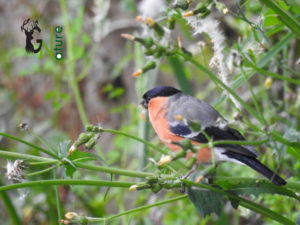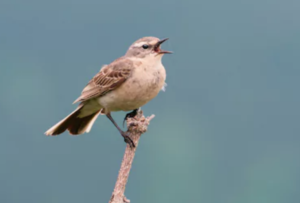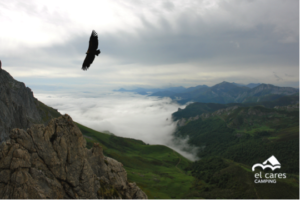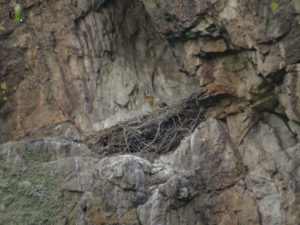Picos de Europa, home to numerous ornithological species
There are numerous ornithological species that you can observe in the Picos de Europa National Park, most of them without leaving the Valdeón Valley.
From Camping el Cares we offer you the opportunity to learn a little more about the birds and the landscape that surrounds us through the great pleasure of starting from a place and reaching a destination with the oldest form of movement that exists, our feet. For this purpose we have selected several delicious routes in which we will accompany you interpreting and showing you this rich environment.
To give you an idea of this richness, we show you in this article, just some of the many species of birds that, with a little luck, we can find in our interpreted routes…
Birds in the woods

For fans of the birds In central, southern or eastern Spain, the “simple” presence and observation in the forests of our valley of the Eurasian Short-toed Treecreeper (Certhia familiaris), Bullfinch (Pyrrhula pyrrhula), Black Woodpecker (Dryocopus martius) or Marsh Tit (Poecile palustris), among many other more common species, is already a great success. Not to mention being lucky enough to observe the Cantabrian capercaillie (Tetrao urogallus), a species that unfortunately continues to decline.


Birds in the high mountains

For those who are more adventurous and like the high mountain, inside Los Urrieles or El Cornión you can observe species such as the alpine pipit (Anthus spinoletta), the wallcreeper (Tichodroma muraria) or the alpine accentor (Prunella collaris), also flocks of the beautiful alpine sparrow (Montifringilla nivalis). Some of these species can be seen by simply climbing to the Remoña cairn, gateway to the rock world (access to Liordes and the central massif), or also in the Vega de Llos (access to the western massif).


About birds of prey

Regarding birds of prey, it is common to observe peregrine falcons (Falco peregrinus), buzzards (Buteo buteo) in the valleys or golden eagles (Aquila chrysaetos). At night you will also hear the sound of carabo (Strix aluco) in the background and gliding through the sky you can also see the great griffon vultures (Gyps fulvus), the beautiful Egyptian vulture (Neophron percnopterus) or the reintroduced bearded vulture (Gypaetus barbatus), increasingly common thanks to the Life Bearded Vulture program.



In short, many ornithological species (common and not so common) and many alpine species that will make the forest bird lover, both peninsular and European, enjoy their stay in the Valdeón Valley like a child.
We are waiting for you at camping el Cares, and with the help of our professionals from G-Nature, we will show you this fantastic world of birds, and live a real adventure.
